School of Administration & Management
E-Commerce in South Africa
Qualification / Course Information
Minimum Duration:
Self-study within 2 weeks. Minimum focused learning time required: approximately 24 hours.
Minimum Credits:
Certificate of Completion
NQF Level:
Successful completion of this short course can be included to your portfolio of evidence for RPL consideration
COURSE OVERVIEW
How does one distinguish between online consumer behaviour and regular consumer behaviour in brick-and-mortar stores? This Online Short Learning Programme will empower you to answer this question. The programme lays a solid foundation to the dynamic world of online sales and marketing. Learn about the modern context of digital communication and the technologies that enable it. The programme content is accessible for individuals who are new to digital media, while also addressing the intermediate skills that are required for standard South African industry practice. The Online Short Learning Programme is ideal for any individual that wants to learn more about the e-commerce environment, its enabling technologies and the nature of the online consumer.
SYSTEM REQUIREMENTS:
-
Chrome browser
-
A desktop / laptop computer (this product is not mobile-friendly)
-
A reliable internet connection with continuous access and a minimum speed of 4MB (this product is not available offline)
Entry Requirements
There are no entry requirements for this Online Short Learning Programme.
However, it is recommended that the applicant has achieved English language competence at a level that is equivalent to Grade 12.
COURSE CURRICULUM
This Short Learning Programme consists of the following three units of learning:
-
Unit 1: The e-commerce environment
-
Unit 2: Technologies that support e-commerce
-
Unit 3: Consumer behaviour on the internet
At the end of this Short Learning Programme, you should be able to:
-
Distinguish between traditional commerce and e-commerce of the future
-
Describe the e-commerce macro- and market environments
-
Describe the basics of web server hardware and software
-
Identify available e-commerce software and list key features
-
Demonstrate an understanding of e-commerce payment technologies, e-commerce security, data encryption and digital signatures
-
Describe the online community, the invisible customer and the consumer decision-making process in an e-commerce environment
